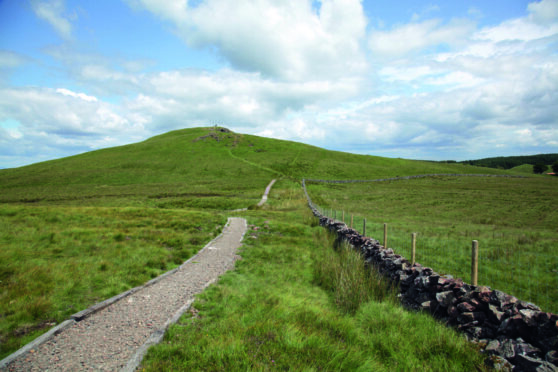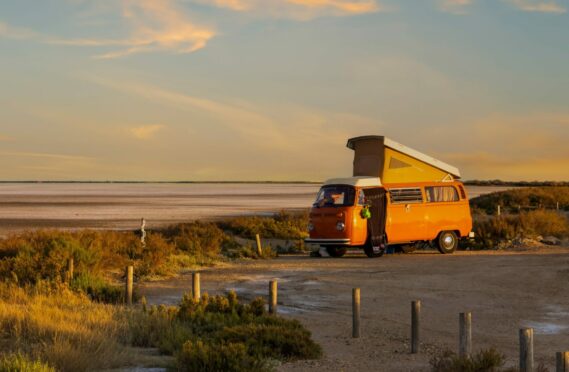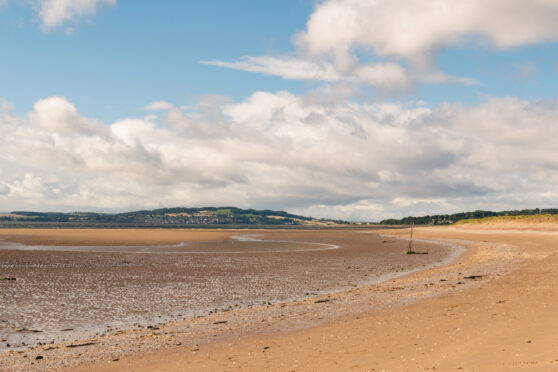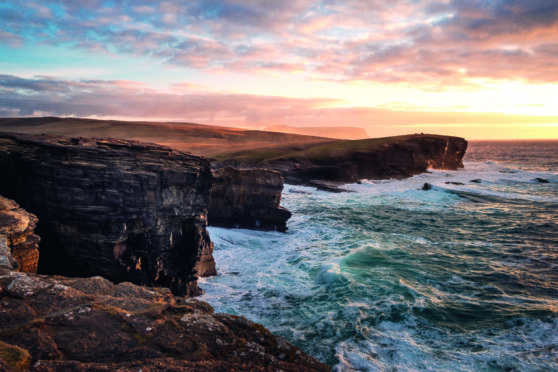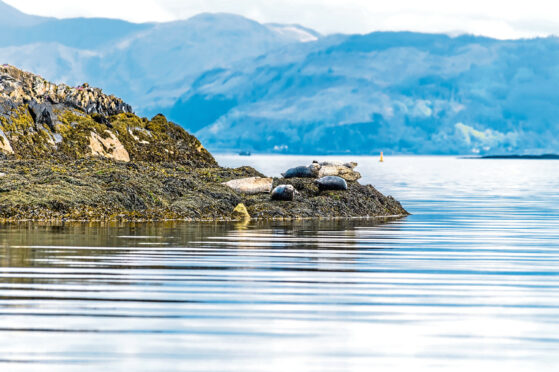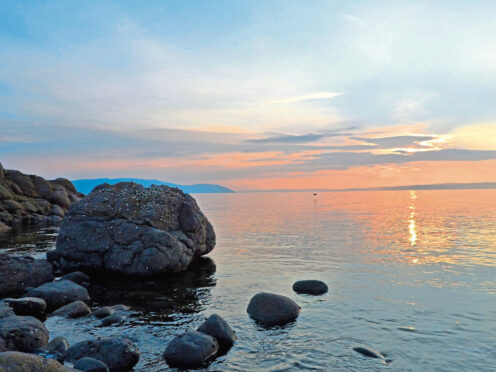
It began in a glass case and ended in a coastal cave – sometimes you just can’t plan a perfect trip.
Earlier that afternoon, I strode through the gates of the ruined Rothesay Castle, certain that doing so would form the singular memory of my time on the Isle of Bute in the Firth of Clyde.
Legend has it a breach in the curtain wall was made by Viking axes during a siege 800 years ago, when the Clyde was a battleground between Norway and Scotland.
A casual comment by the castle steward sent me to Bute Museum, across the moat, to investigate. There, amid wartime memorabilia and a penny farthing, was a label that insisted Dunagoil hillfort had yielded the richest archaeological finds of any hillfort in western Scotland.
It was early afternoon, and I was up for a last-minute adventure before my ferry back to the mainland.
Hopping on my bicycle, I set off along the mostly gentle road, hugging the coast from Rothesay to Kingarth, 11km (seven miles) away.
The road passes Mount Stuart, a 19th-Century mansion with extravagant interiors and one of the top attractions on the island. I decided to keep going, aware of my evening ferry time. I pause at Kingarth stone circle. The stone circle is barely off the road, yet, approaching on foot, the stones remain hidden until the last possible moment.
Dunagoil made its appearance about two miles further on. Its name is from the Gaelic dún na gall – fort of the foreigners. This flat-topped fort rises like a table from the grazing ground around it, serving up the mountains of Arran beyond it like a scenic platter. The entrance was disguised by a forest of ferns and tumbled boulders.
I sat at the edge of the promontory as the sun sent ribbons of light across the water, Arran shrouded in deepening darkness. As the scenery turned the pastel colours of sunset, I knew then this was the memory of my Bute holiday I’d treasure.
Aware of the imminent dark, I reluctantly climbed down only to realise I had been seated atop a cave. First inhabited in the Bronze Age, the cave is sheltered from westerly winds with views to Kintyre and Loch Fyne.
I pedalled back to Rothesay and boarded, amazed at the chance adventure I’d experienced – inspired by a wee label in Bute Museum.
Historic Sites Nearby
Mount Stuart
A palace by any other name, this 19th-Century architectural confection is a must-see on Bute.
St Blane’s Church
A monastic hilltop site since the 6th Century, with extensive ruin and a Viking-era hogback stone. Very close to Dunagoil.
Rothesay Castle
Scotland’s only circular castle saw Viking assaults and was a royal castle of the Stewart dynasty

Enjoy the convenience of having The Sunday Post delivered as a digital ePaper straight to your smartphone, tablet or computer.
Subscribe for only £5.49 a month and enjoy all the benefits of the printed paper as a digital replica.
Subscribe